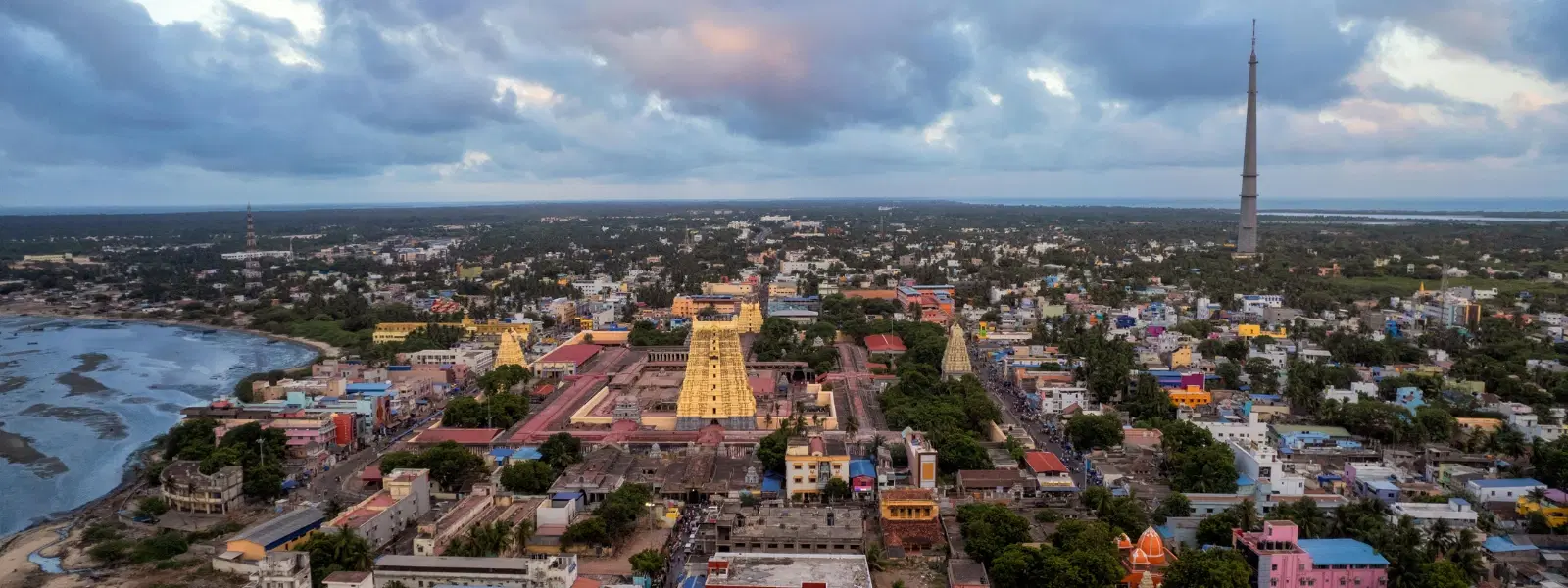
Hotels
•04 min read

How did South Asian modernism redefine India's architectural landscape in the post-independence era? This thought-provoking question sets the stage for a deep dive into a movement that not only reshaped the skyline but also redefined how culture and modern needs blend. South Asian modernism brought a fresh approach to Indian architectural styles by seamlessly integrating cultural heritage with modernist innovation. In this blog, we address frequently asked questions on South Asian modernism's architectural influence in India. You will learn about its historical roots, key design principles, and iconic modernist buildings that have come to symbolize a nation’s journey towards decolonization and a unique identity.
South Asian modernism in architecture emerged as a compelling response to both colonial influences and the pressing need for cultural identity in post-independence India. This modernist movement emphasizes simplicity and functionality, while carefully integrating local traditions to create spaces that resonate deeply with Indian sensibilities. Architects sought to create buildings that were not only efficient but also symbolic of a breakaway from the past, forging new aesthetic paradigms that spoke both to progress and heritage.
The rise of modernist design in India can be traced back to the years following independence, when the country was crafting its unique identity on the global stage. Influential figures such as Le Corbusier, Balkrishna Doshi, and Charles Correa played pivotal roles. Their designs were not mere imitations of western modernism but instead a reinterpretation that resonated with India's climate, culture, and socio-political milieu. Their work encapsulated a new era where the architectural narrative was rebuilt, intertwining functionality with an expression of national pride.
One of the standout features of South Asian modernism is its ability to harmonize traditional elements with contemporary design. Structures like Chandigarh's Capitol Complex serve as prime examples. In these buildings, architects merged indigenous craftsmanship and motifs with sleek, modern materials. This approach not only respects the old but also reinvents it, creating a dialogue between the past and the future. The resultant architecture is both minimalistic in form and profound in its cultural expression.
The modernist design in India is deeply attuned to the environment. Architects of this movement ingeniously used materials such as concrete alongside locally sourced resources to develop structures that are robust yet sustainable. The designs take into consideration the local climate—an essential factor given India's diverse weather patterns. With an emphasis on natural ventilation and light, many buildings incorporate elements that naturally reduce the need for artificial cooling and lighting, thus embracing eco-friendly design without compromising on aesthetics.

Did You Know? South Asian modernist architecture often integrates passive cooling techniques inspired by traditional Indian designs, making it both environmentally friendly and culturally rooted.
India boasts a rich tapestry of modernist buildings that have become icons in their own right. The Chandigarh Capitol Complex, with its bold geometric forms and functional design, stands as a testament to the era's innovative spirit. In Mumbai, the Kanchanjunga Apartments illustrate a perfect blend of modern aesthetics with thoughtful spatial arrangements, reflecting the urban dynamism of the city. The National Dairy Development Board building, designed by Achyut Kanvinde, is another gem that underscores the movement’s capability to marry form with functionality in an industrial yet refined manner.
While the principles of modernism have a unified core, their expression in India varies widely across regions. Variations in climatic conditions, cultural traditions, and local materials have led to diverse architectural interpretations. For example, the Hussain-Doshi Gufa in Ahmedabad presents a unique blend of organic forms and modern construction techniques, making it a landmark of regional innovation. Similarly, works by architects like Muzharul Islam in neighboring Bangladesh highlight how modernist design can be reimagined to reflect distinctive local traditions while remaining part of the broader modernist narrative in South Asia.
One of the most significant impacts of South Asian modernism is its role in decolonization. In the wake of colonial rule, establishing an independent and unique identity became paramount. Architecture served as a visible medium through which India could assert its newfound freedom and cultural resurgence. By moving away from traditional colonial styles, modernist architecture helped narrate a story of national revival, reflecting aspirations of progress, self-reliance, and a deep connection to India's ancient heritage.

Today, the legacy of South Asian modernism continues to inspire contemporary designs across India. Modern architectural practices increasingly reference the modernist movement, blending its principles with current innovations to tackle challenges like urbanization and sustainability. Emerging trends indicate a resurgence in using climate-responsive technologies and sustainable materials—a nod to the modernists' original vision. The movement’s influence is palpable in urban developments that combine aesthetic appeal with social sensitivity and pragmatic solutions for the bustling life of modern India.
India's architecture is influenced by a mix of indigenous traditions, colonial styles, and modernist principles, reflecting its diverse cultural and historical heritage.
South Asian architecture encompasses a wide range of styles, from ancient temple designs to colonial structures and modernist buildings, shaped by the region's cultural and climatic diversity.
The five points include pilotis (supporting columns), flat roofs, open floor plans, horizontal windows, and free façades, as introduced by Le Corbusier.
Balkrishna Doshi is often regarded as the father of Indian modern architecture for his contributions to blending modernist principles with Indian traditions.
South Asian modernism has left an indelible mark on India's architectural identity by blending tradition with modernity and prioritizing sustainability. This legacy is not just a story of buildings, but a narrative of cultural assertion and innovative design that reflects India's journey from colonial rule to a thriving modern nation. The movement continues to influence contemporary architecture, pushing the boundaries of design while remaining deeply connected to its cultural roots.